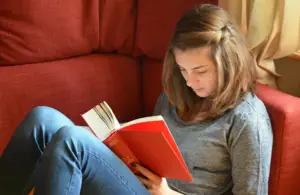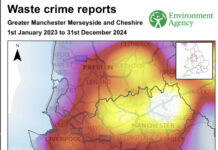The Chief Inspector of Education and Children’s Social Care has warned that the invisibility of vulnerable children as a result of the COVID-19 pandemic should be a matter of national concern.
Launching this year’s Ofsted Annual Report, Amanda Spielman said that school closures during the first national lockdown had a ‘dramatic impact’ on the number of child protection referrals made to local authorities. And, while that number has risen since schools re-opened, it has yet to return to previous levels – raising fears that abuse could now be going undetected.
Ms Spielman said:
“Teachers are often the eyes that spot signs of abuse and the ears that hear stories of neglect. Closing schools didn’t just leave the children who – unbeknown to others – suffer at home without respite, it also took them out of sight of those who could help.
When nurseries and schools closed in March, they were told to remain open to the most vulnerable – which of course meant those whose need was already identified. And even of these, we know that relatively few actually attended. The rest stayed at home – some, inevitably, in harm’s way.”
Today’s report finds that the low numbers of children who attended school during the first national lockdown, combined with disruption to community health services, directly affected the ability of local safeguarding partners to identify children and families in need of early help and protection. As a result, local authorities are now more likely to be responding to a legacy of abuse and neglect. The Chief Inspector said it is imperative that all agencies now work together to prioritise the most urgent cases.
Throughout the autumn, Ofsted has been also reporting concerns about the number of children who have not returned to school after lockdown and who are now ostensibly being home-educated. A recent survey of local authorities suggests there are now more than 75,000 children being home schooled – a 38% increase since last year. However, from Ofsted’s visits to schools, it appears many parents have removed their children because of their fears about COVID, rather than a genuine desire to home-school.
It is also concerning that a significant proportion of children who have disappeared from school are those known to wider children’s services – for instance, because they have complex needs or previous attendance issues.
Amanda Spielman continued:
Almost all children, vulnerable or otherwise, are missing out on a lot when they aren’t at school. Some will have a great experience, but other families will find it harder than they thought, and their children could lose out as a result.
We must be alive to these risks, and we must also watch out for bad practices creeping back in that could compound risk. We don’t want to see any schools off-rolling children; and we need all schools to make the effort to help children with SEND to attend – we know that many SEND children and their parents particularly struggled during lockdown, as many services were withdrawn.







